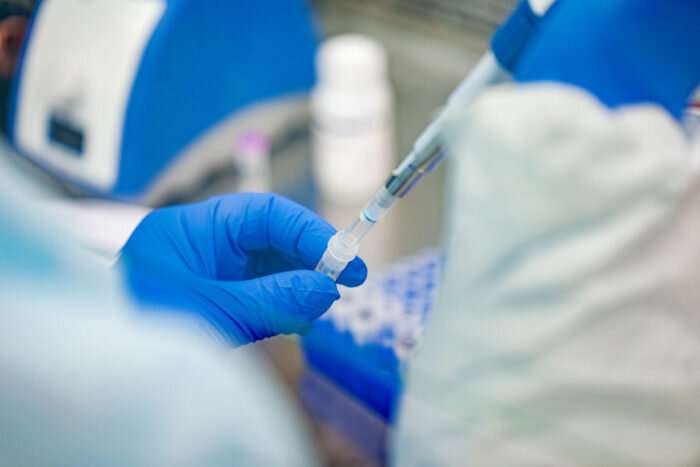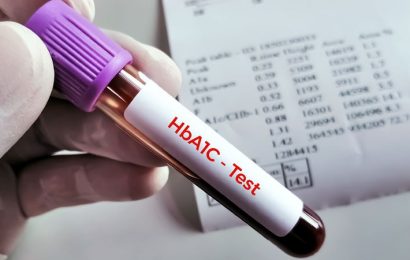
Universal testing for COVID-19 may not be the best way to keep people safe, despite growing calls for ramped up screening. In fact, testing everyone—instead of continuing to test presumptive-positive and high-risk people—could cause unintended harm and crash the system, according to new Western-led research.
Statistical and Actuarial Sciences professors Grace Yi and Wenqing He co-authored a recent statistical evaluation of when and why tests should take place, basing their analysis on current testing protocols and the degrees of uncertainty and inaccuracy of the tests.
“Testing everyone without discretion is not recommended,” Yi explained about their findings. “It is important to prioritize the testing of people who need it the most, not only for the economic considerations of the availability of test kits, but also for the statistical concerns of controlling false positive or negative results.”
The quest for tests has dominated public debate as the pandemic has resulted in more and more social measures to limit its spread—where are the tests, what test is best, who should/shouldn’t be tested. This noise has led to confusion in the population and mixed messages from public officials.
“Normally, whenever you have symptoms, you want to be tested to ensure you receive recommended medical care,” Yi said. But there are several reasons that’s not already happening with COVID-19.
“First, in the real world, we don’t have so many test kits available. Second, even if we had infinity medical resources to do the test, is that the best way, statistically, to control the virus?”
As COVID-19 tests become more widely available, health-care experts and researchers have warned about one major issue: The tests are not 100 percent reliable.
“It now seems quite tempting to take aggressive action to administer COVID-19 tests to as many patients as possible. However, an important-yet-overlooked issue is on the imperfectness of test procedures,” according to the researchers.
“Since no medical tests can produce 100-per-cent accurate result, both false negative and false positive results are possible when testing suspected patients.”
Based on performance in China, the test correctly identifies about 60 percent of patients with the disease and about 90 percent who are disease-free. This often necessitates repeat tests to confirm or rule out the virus.
If the entire population were tested, the researchers contend, a large number would be misdiagnosed as healthy. Instead of self-isolating, those people would then go about normal business and, unknowingly, infect others; attempts at containing the disease, ironically, would have been thwarted because of testing.
On the other side, Yi acknowledged, individuals might find a false positive a “tolerable” consequence of testing.
But those in charge of administering health care—those who need to optimize test kits to equip and staff health-care facilities—would find these newly ‘diagnosed’ (but misdiagnosed) patients overwhelming the system.
Yi said priority for testing should be given to those at high risk, such as health-care workers who have been in contact with COVID-19 patients; symptomatic people in areas with high-infection rates; seniors with chronic health conditions; and symptomatic patients with immunodeficiency diseases.
The paper does advocate for more testing—including repeat testing for symptomatic people who test negative for the virus.
“The tests should only be applied to presumptive people in order to control false-positive and false-negative results. With limited resources, targeting the presumptive people and applying the tests repeatedly is the best strategy to make sure the true COVID-19 carriers are not missed, and discharged inpatients are truly virus-free,” the researchers concluded.
Li hopes the analysis will allay some of the anxieties and frustrations of the general public who think testing is the answer, as well as offers additional guidance to clinicians and public-health officials “facing a dilemma of balancing limited resources and unmet demands.”
For people who do not work in high-risk jobs with high-risk patients, the best way to prevent transmission is to follow public health recommendations: self-isolation, physical distancing and repeated hand-washing.
“I want the general public to understand taking a test is not the best way to keep you safe,” she said. “Doing tests for everyone is not a wise thing. You have to do this for presumptive patients or suspected patients.”
Source: Read Full Article


